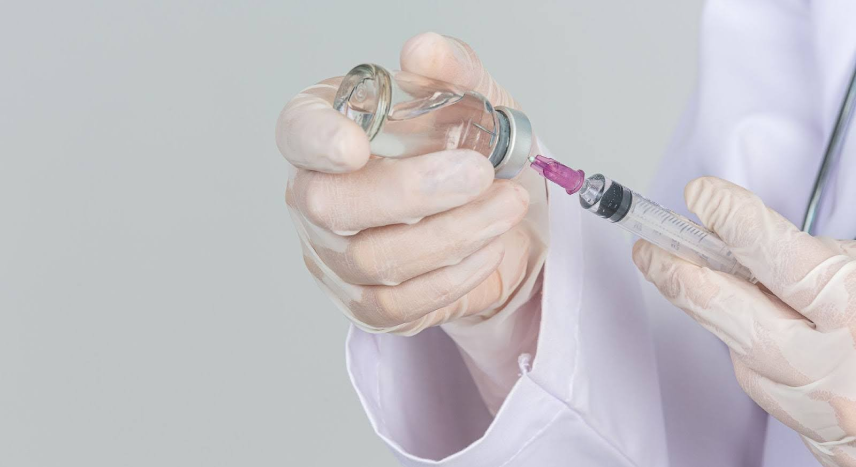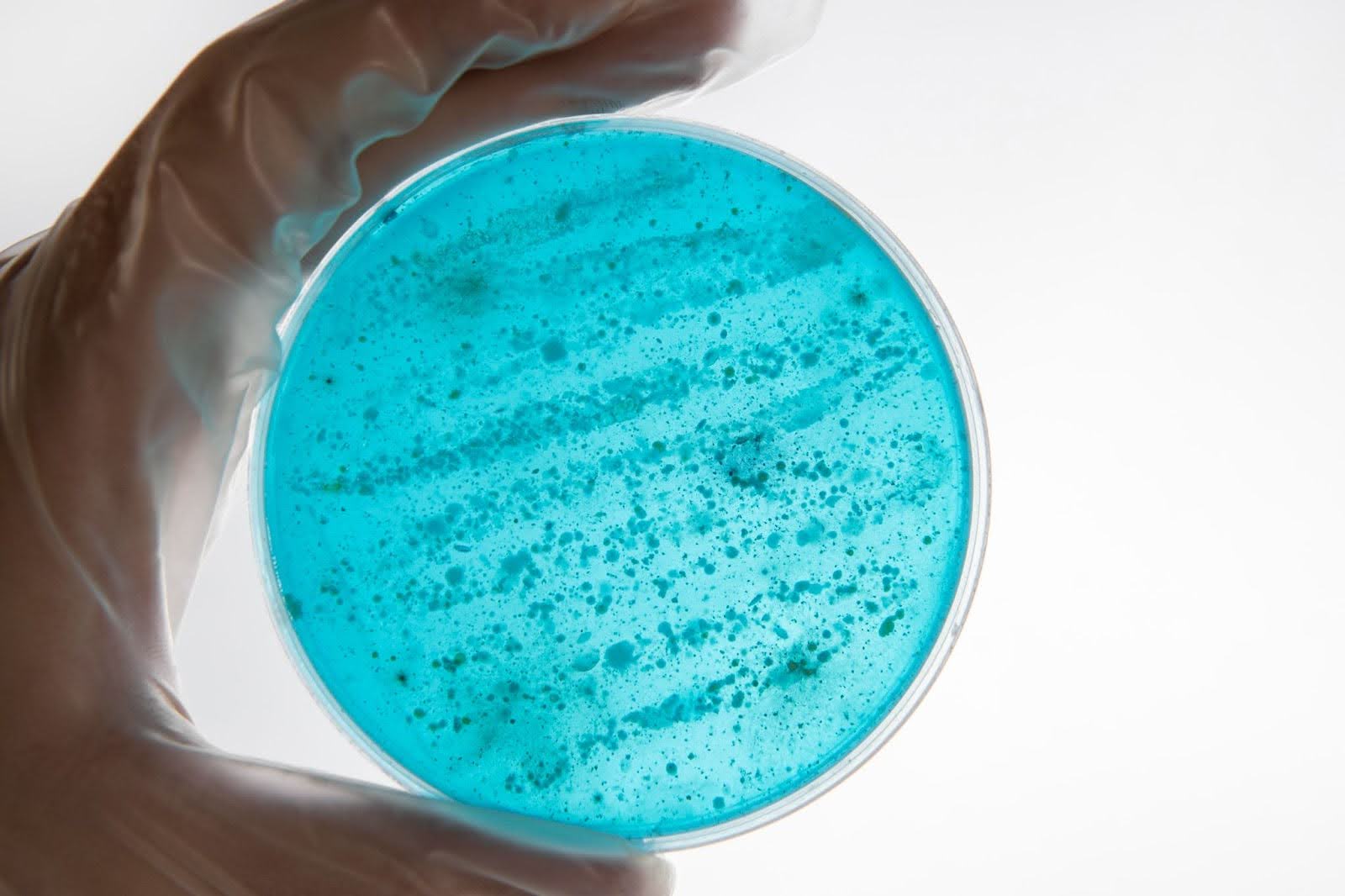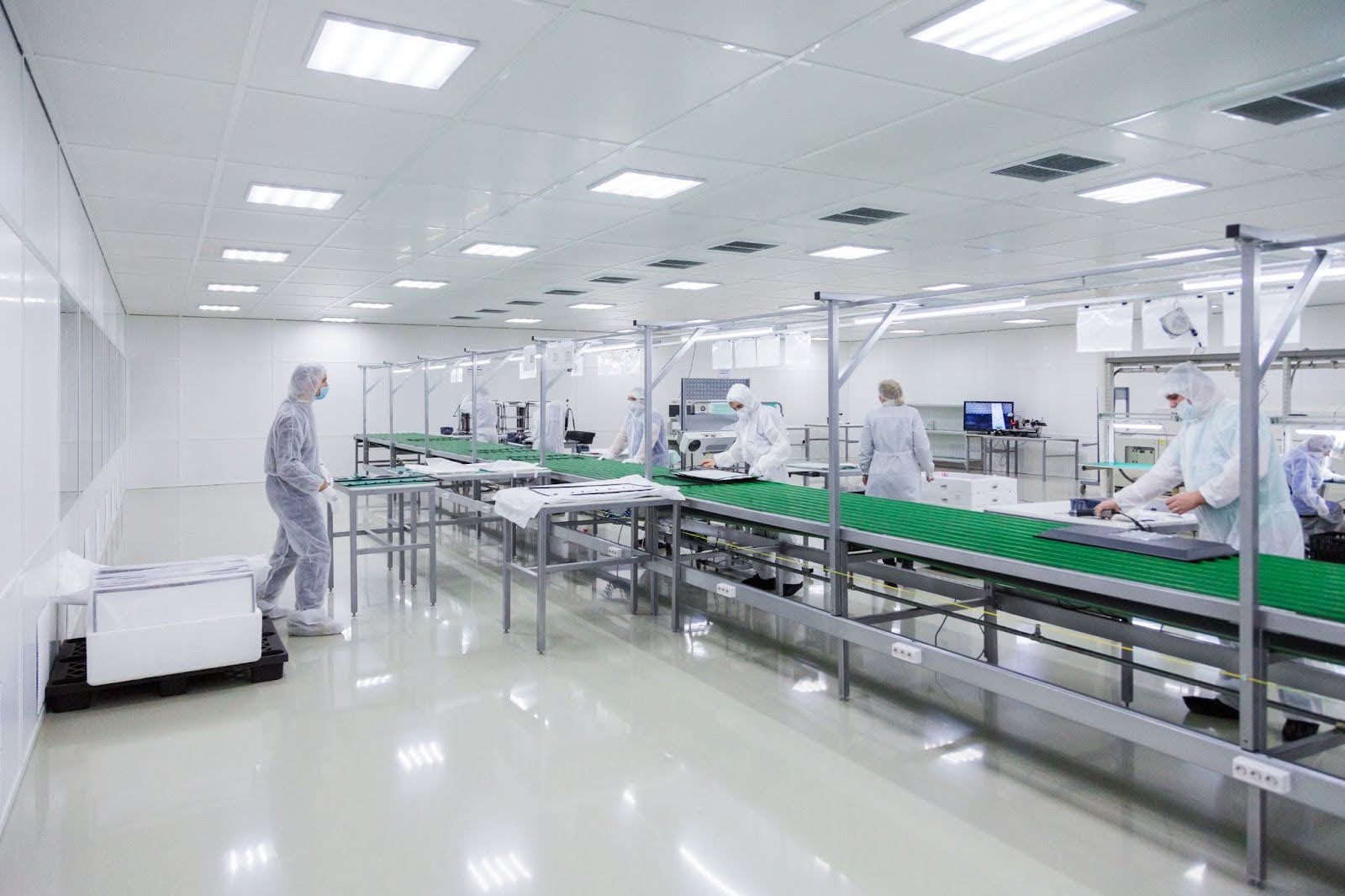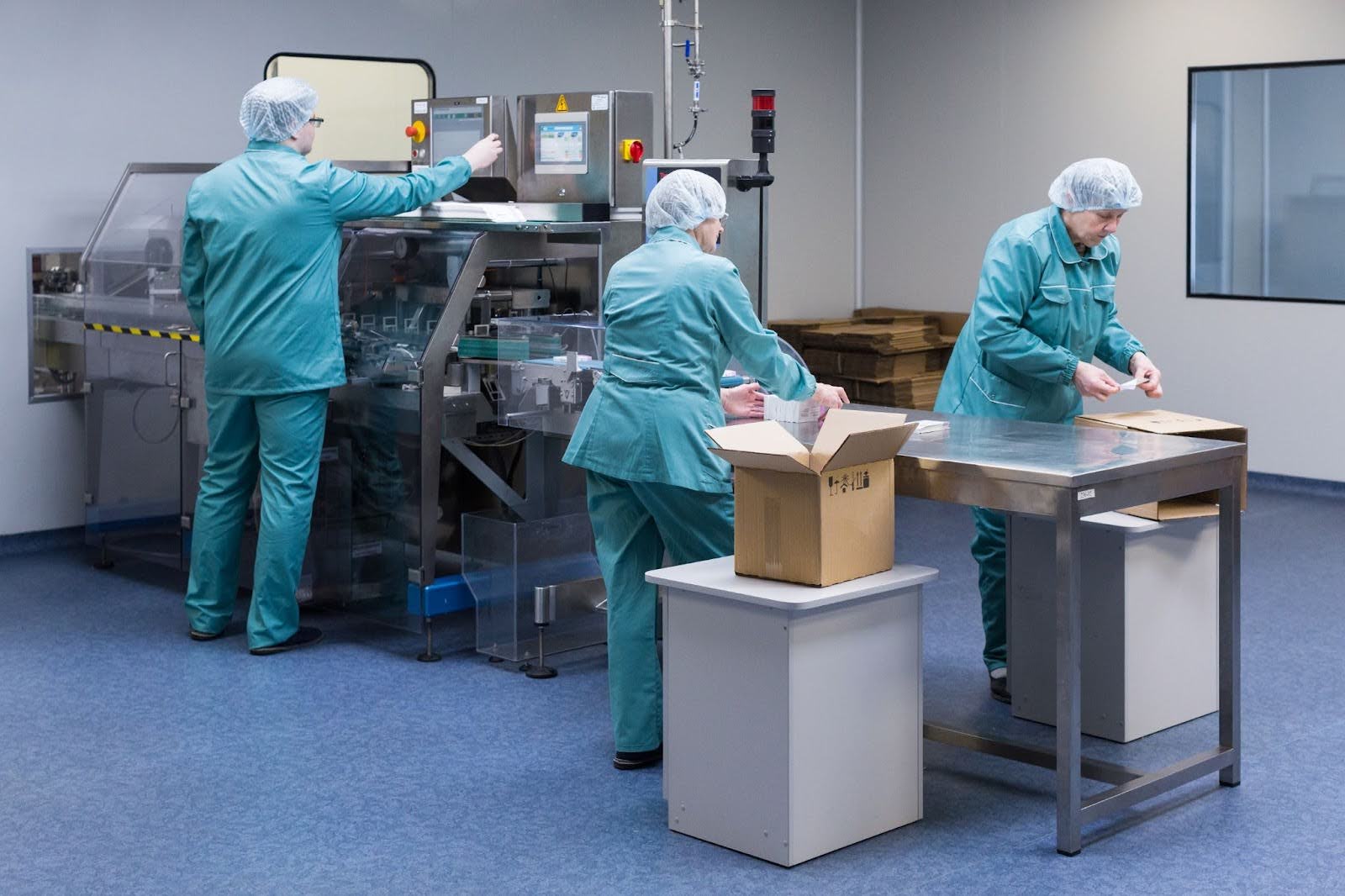by Mrudula Kulkarni
7 minutes
Clean Steam & WFI: The Unsung Guardians of Contamination Control
Explore how Clean Steam and WFI safeguard sterility and compliance in pharma manufacturing.

In sterile pharmaceutical manufacturing, contamination isn’t just a risk—it’s the adversary every process is built to defeat. Control isn’t optional; it’s the strategy that safeguards every vial, ampoule, and sterile batch.
Every droplet of water and every wisp of steam that touches product contact surfaces carries a silent responsibility: to maintain absolute purity.
Among all utilities powering aseptic operations, two play pivotal yet often overlooked roles—Clean Steam (CS) and Water for Injection (WFI).
They may not appear beside APIs or excipients on a batch record, but their impact runs deep—into the core of contamination control and sterility assurance.
And as Annex 1 and global GMP frameworks tighten expectations around Contamination Control Strategies (CCS), understanding Clean Steam and WFI as Critical Control Points (CCPs) has never been more critical. Several companies are now exploring outsourcing sterility assurance in pharmaceutical manufacturing to strengthen utility validation and optimize contamination control resources.
In this blog, we highlight what makes these utilities the foundation upon which every aspect of sterile manufacturing stands.
The Foundation of Pharmaceutical Purity
Both Water for Injection (WFI) and Clean Steam are indispensable to sterile pharmaceutical manufacturing, forming the backbone of contamination control. WFI represents the highest grade of water used in pharmaceutical applications, suitable for dissolving or diluting substances in the preparation of parenteral products.
Clean Steam, on the other hand, is generated from WFI or purified water and is primarily employed for sterilization, clean-in-place (CIP) operations, and as a heating medium for product-contact systems.
At first glance, their functions appear distinct—one supports formulation, while the other ensures sterilization. Yet, both share a defining characteristic: purity. This shared attribute makes them critical links in the Contamination Control Strategy (CCS) chain.
When either is poorly designed, maintained, or monitored, WFI and Clean Steam can quickly shift from protectors to potential vectors of microbial or chemical contamination, undermining the very sterility they are intended to preserve.
Robust environmental monitoring and CCIT integration for sterility assurance helps ensure that utility systems complement facility hygiene and product integrity standards.
Why Clean Steam and WFI Are Critical Control Points?
Regulators define Critical Control Points (CCPs) as steps where control can be applied to prevent, eliminate, or reduce contamination risks.
In this context, WFI and Clean Steam loops are classic CCPs because they:
- Have direct contact with product or product-contact surfaces.
- Are susceptible to microbial contamination due to warm, nutrient-free, but water-rich environments.
- Support multiple sterile utilities, making them potential cross-contamination sources.
Even minor biofilm formation or poor condensate quality can compromise sterility assurance. In short, when utilities fail, the process fails. Modern facilities are increasingly adopting AI-powered rapid microbiological monitoring in cleanrooms to detect early microbial trends that could threaten utility system sterility.
Clean Steam: Sterility’s Invisible Shield
Clean Steam is often considered “utility-grade,” but in aseptic environments, it’s as critical as any sterile component.
When steam comes into contact with product-contact surfaces—whether during autoclaving, SIP (Steam-In-Place), or sterilizing filters—it must condense into WFI-quality water. That means:
- No non-condensable gases (which can cause cold spots).
- No particulates or corrosion by-products (which can transfer contaminants).
- No microbial contamination from condensate return or poor distribution design.
Design and monitoring are therefore essential.
Key control parameters include:
- Steam purity – free from additives, corrosion inhibitors, or volatiles.
- Condensate conductivity – indicates ionic contamination.
- Non-condensable gas content – should be minimal to ensure heat penetration.
- Distribution system design – slope, drainability, and condensate traps must ensure dry, saturated steam at the point of use.
In short, Clean Steam is not just a sterilant—it’s a validation of sterility assurance in motion. Regular media fill validation in aseptic processing complements Clean Steam monitoring by verifying the reliability of sterilization and aseptic handling protocols.
WFI: The Lifeblood of Aseptic Processing
If Clean Steam is the invisible guardian of sterility, then Water for Injection (WFI) is the lifeblood coursing through every sterile facility. It plays a central role in preparing parenteral products and buffers, cleaning and rinsing process equipment, serving as the final rinse in CIP cycles, and acting as the feedwater for Clean Steam generation.
Yet, its importance goes far beyond utility—it stands as both a regulatory and microbiological benchmark for purity. Integrating SUS and bioburden control in contamination control strategies further strengthens the overall framework of aseptic assurance within WFI management.
According to Ph. Eur., USP, and JP, WFI must adhere to stringent limits for conductivity, total organic carbon (TOC), and bioburden (≤10 CFU/100 mL). However, achieving compliance is not simply a matter of meeting specifications; it’s about sustaining control throughout the entire system’s lifecycle.
From generation, where distillation or membrane-based systems ensure chemical and microbial removal, to storage, where loop design prevents stagnation, maintains temperatures around 80°C, and supports continuous circulation, every stage demands precision. In distribution, regular sanitization, proper slope, and hygienic design work together to eliminate dead legs—biofilm’s favorite hiding spots—ensuring that purity is not just produced but preserved.

The Biofilm Threat: A Silent Invader
Both WFI and Clean Steam systems face a common nemesis—biofilm.
Biofilms develop when microorganisms adhere to surfaces and form protective layers, resisting standard sanitization. Even after removal, remnants can reseed contamination downstream.
This makes biofilm control a non-negotiable element of CCS. Key strategies include:
- Thermal sanitization – maintaining loops above microbial growth temperature thresholds.
- Continuous recirculation – prevents stagnation, a key factor in microbial proliferation.
- Material selection – 316L stainless steel with smooth internal finishes reduces microbial adhesion.
- Routine monitoring – microbial enumeration, TOC, and endotoxin testing provide early warning signals.
Ultimately, controlling biofilm is not just about cleaning—it’s about designing for resilience.
The 2023 revision of Annex 1 underscores that utilities like Clean Steam and WFI must be integral components of a facility’s Contamination Control Strategy (CCS). This integration involves more than system design—it requires clear documentation and scientific justification at every step. It begins with defining the rationale for control, explaining why Clean Steam and WFI are designated as Critical Control Points (CCPs). Complementary technologies such as single-use systems in aseptic manufacturing can reduce human interventions and enhance sterility consistency across CCPs. Next comes detailing the control measures, including parameters such as temperature, pressure, conductivity, and TOC, followed by establishing a monitoring frequency based on risk assessments and historical performance data. Finally, a robust response plan must outline immediate actions in the event of deviations, such as microbial excursions or TOC drifts.
For instance, a sudden spike in WFI conductivity could signal early corrosion or contamination within the system—prompt intervention and trend analysis can prevent such anomalies from escalating into systemic failures. When effectively integrated into the CCS, Clean Steam and WFI do more than ensure compliance—they transform sterility assurance into a proactive culture of quality and control. Implementing robust endotoxin control and depyrogenation in pharma further ensures that utility systems meet pyrogen-free standards demanded by regulatory bodies.
Conclusion: From Utility to Assurance
Clean Steam and WFI may be classified as utilities, but in sterile manufacturing, they are far more—they are guardians of sterility. Every droplet of WFI and every molecule of steam represent a chain of trust connecting process, product, and patient.
By treating them as Critical Control Points, pharma manufacturers transform compliance into confidence. Because in the end, sterility isn’t achieved by chance—it’s sustained by design, discipline, and the invisible yet indispensable forces of Clean Steam and WFI.
FAQs
1. Why are Clean Steam and WFI considered Critical Control Points (CCPs)?
Because they directly impact product sterility and contact critical surfaces. Their failure can introduce chemical, particulate, or microbial contaminants, making them essential to control within a CCS framework.
2. What are common causes of WFI system contamination?
Poor loop design, dead legs, insufficient sanitization, or inadequate temperature control can promote microbial growth and biofilm formation.
3. How often should Clean Steam and WFI systems be monitored?
Continuous monitoring of parameters like temperature, pressure, conductivity, and TOC is ideal. Microbial and endotoxin testing should follow a risk-based schedule defined in the CCS.
4. Can membrane-based systems replace distillation for WFI generation?
Yes. Modern membrane-based systems (RO-EDI-UF) are now approved under major pharmacopeias, offering sustainable, energy-efficient alternatives to distillation.
5. What is the best way to prevent biofilm formation?
Maintain continuous circulation, avoid stagnation, use high-quality stainless steel (316L), and apply periodic thermal or chemical sanitization.




